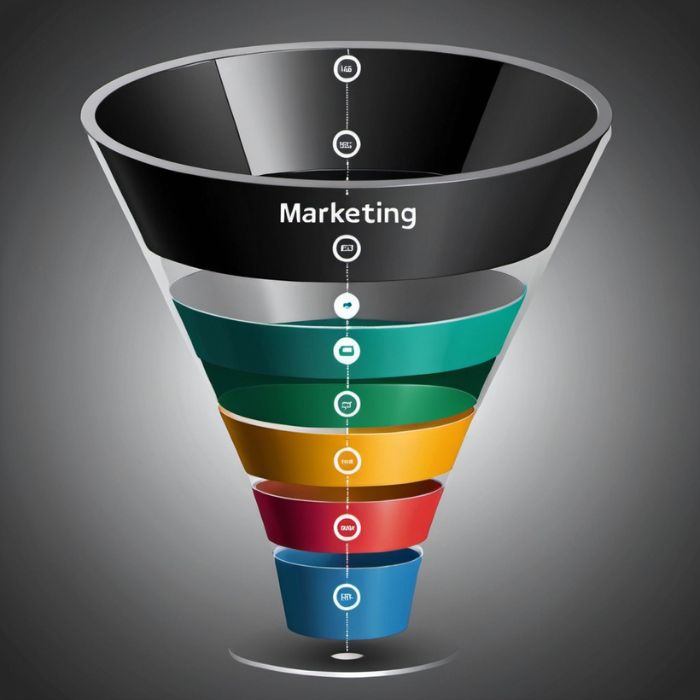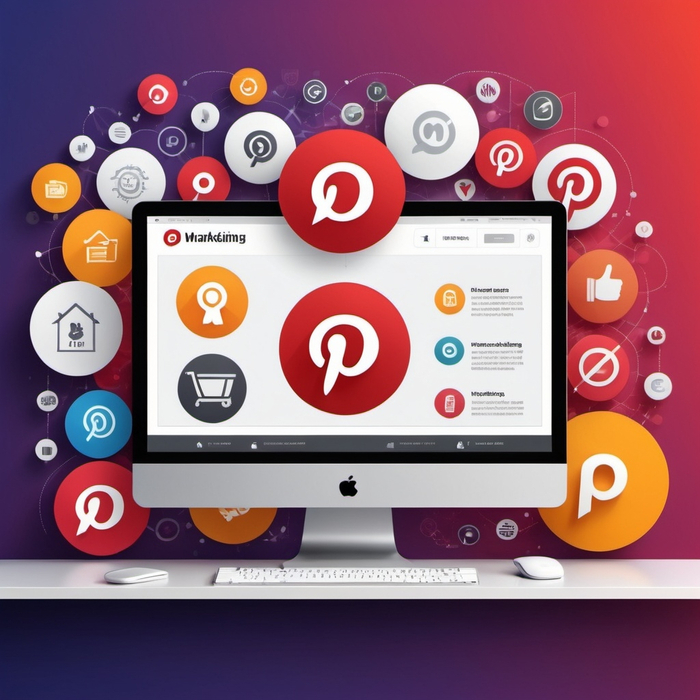Best Email Automation Tools for Businesses in 2025
Email marketing is still a very efficient means of communicating with customers, nurturing leads, and converting them. However, when sending emails manually, the process is labor-intensive. Therefore, businesses are using email automation tools to streamline campaigns, personalize messages, and maximize performance.
But with so many tools available, which email automation is best in 2025? This guide explores the top email automation tools, comparing their features, pricing, and best use cases, to help you find the perfect solution.
Combine an email automation system with the best AI chatbots for better customer engagement.
Table of Contents
Why Use an Email Automation Tool?
A good email automation tool helps you:
- Automate workflows for welcome emails, follow-ups, and drip campaigns.
- Segment audiences based on behavior and demographics.
- Increase open and click-through rates with personalization.
- Track performance with real-time analytics.
- Integrate with CRM and marketing platforms for seamless operations.
Quick Comparison Table
| Email Automation Tool | Best For | Price | Key Features |
|---|---|---|---|
| ActiveCampaign | Best Overall | $$ | Advanced automation, CRM integration, AI-powered insights |
| Mailchimp | Best for Small Businesses | $ | Drag-and-drop editor, pre-built templates, audience segmentation |
| ConvertKit | Best for Creators & Bloggers | $$ | Subscriber tagging, automation workflows, email monetization |
| Brevo (Sendinblue) | Best for Transactional Emails | $ | Email + SMS marketing, automation, A/B testing |
| GetResponse | Best for Ecommerce | $$ | AI-powered segmentation, abandoned cart recovery, email funnels |
| Drip | Best for Shopify & WooCommerce | $$ | Ecommerce automation, deep customer segmentation, SMS integration |
Best Email Automation Tools (In-Depth Review)
1. ActiveCampaign (Best Overall Email Automation Tool)
Why Choose ActiveCampaign?
- Powerful automation builder with advanced conditional logic.
- AI-driven predictive sending for higher open rates.
- Seamless integration with CRM and marketing tools.
Key Features
- Behavior-based automation sequences.
- Multi-channel marketing (email, SMS, site messaging).
- Advanced reporting and segmentation tools.
Pros:
✔️ Most advanced automation workflows. ✔️ AI-driven optimization tools. ✔️ Ideal for businesses scaling their email marketing.
Cons:
❌ Can be complex for beginners. ❌ Higher pricing for advanced plans.
Best For: Businesses looking for advanced email automation and CRM integration.
➡️ Try ActiveCampaign for high-converting email automation!
Need high-performing subject lines? Use AI copywriting tools to craft compelling email copy.
2. Mailchimp (Best for Small Businesses & Ease of Use)
Why Choose Mailchimp?
- User-friendly interface with drag-and-drop email editor.
- Pre-built automation templates for quick campaign setup.
- Affordable pricing for startups and small businesses.
Key Features
- Email templates and A/B testing.
- Basic automation workflows (welcome emails, abandoned carts).
- Audience segmentation and tagging.
Pros:
✔️ Free plan available. ✔️ Intuitive and beginner-friendly. ✔️ Integrated with Facebook and Instagram ads.
Cons:
❌ Limited advanced automation. ❌ Higher costs as your subscriber list grows.
Best For: Small businesses and startups looking for a simple email marketing solution.
➡️ Automate your marketing with Mailchimp!
Increase your email list growth by integrating with social media management tools.
3. ConvertKit (Best for Creators & Bloggers)
Why Choose ConvertKit?
- Built for content creators, bloggers, and online educators.
- Advanced subscriber tagging and segmentation.
- Monetization tools for selling digital products.
Key Features
- Visual automation builder for drip sequences.
- Subscriber tagging based on actions.
- Built-in landing pages and sign-up forms.
Pros:
✔️ Ideal for bloggers and influencers. ✔️ Simple, easy-to-use automation workflows. ✔️ Supports direct sales and digital product delivery.
Cons:
❌ Limited template design options. ❌ Not ideal for eCommerce businesses.
Best For: Content creators, bloggers, and influencers looking for audience engagement tools.
➡️ Grow your audience with ConvertKit!
4. Brevo (Sendinblue) (Best for Transactional Emails)
Why Choose Brevo?
- Ideal for transactional emails (order confirmations, receipts).
- Strong automation and A/B testing features.
- Affordable pricing with pay-as-you-go options.
Key Features
- Transactional email API for real-time notifications.
- SMS marketing integration.
- Customizable email sequences.
Pros:
✔️ Affordable for businesses on a budget. ✔️ Excellent for transactional emails. ✔️ GDPR-compliant email marketing.
Cons:
❌ Limited design customization.
Best For: Businesses needing reliable transactional and promotional emails.
➡️ Start sending smarter emails with Brevo!
5. GetResponse (Best for Ecommerce & AI-Powered Segmentation)
Why Choose GetResponse?
- AI-powered customer segmentation.
- Advanced automation for cart abandonment and upselling.
- Strong integration with eCommerce platforms.
Key Features
- AI-based customer insights.
- Landing page and funnel builder.
- Abandoned cart recovery automation.
Pros:
✔️ Great for online stores. ✔️ Advanced customer segmentation. ✔️ AI-driven insights for better targeting.
Cons:
❌ More expensive than some competitors.
Best For: Ecommerce stores needing advanced automation.
➡️ Boost your sales with GetResponse!
Final Thoughts: Which Email Automation Tool is Right for You?
- Best Overall: ActiveCampaign (Advanced automation with CRM integration.)
- Best for Small Businesses: Mailchimp (Affordable, easy-to-use email automation.)
- Best for Creators & Bloggers: ConvertKit (Perfect for audience engagement and digital products.)
- Best for Transactional Emails: Brevo (Reliable for order confirmations & notifications.)
- Best for Ecommerce: GetResponse (AI-powered segmentation and abandoned cart automation.)
➡️ Choose the best email automation tool for your business today!







